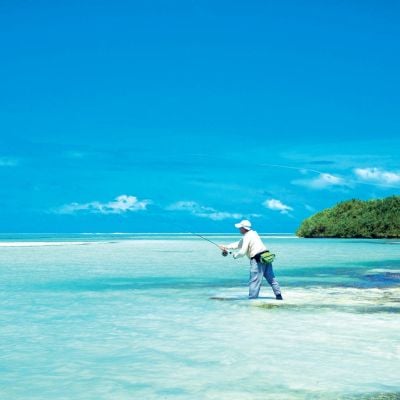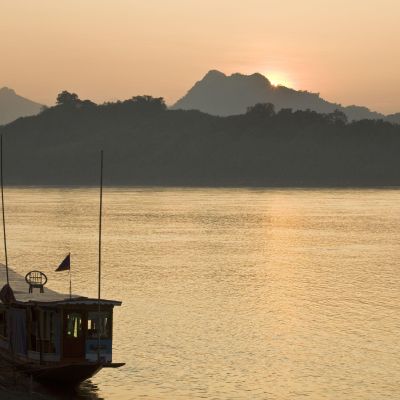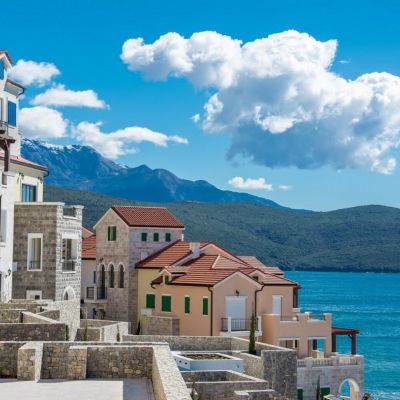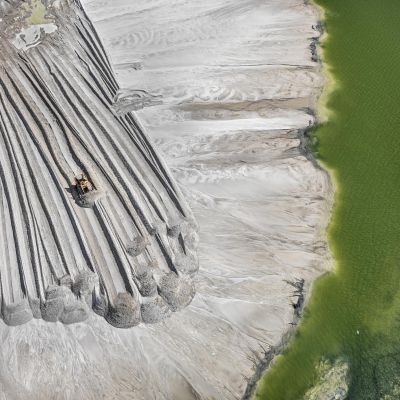The Other Side of Everest: The Sherpa’s Tale
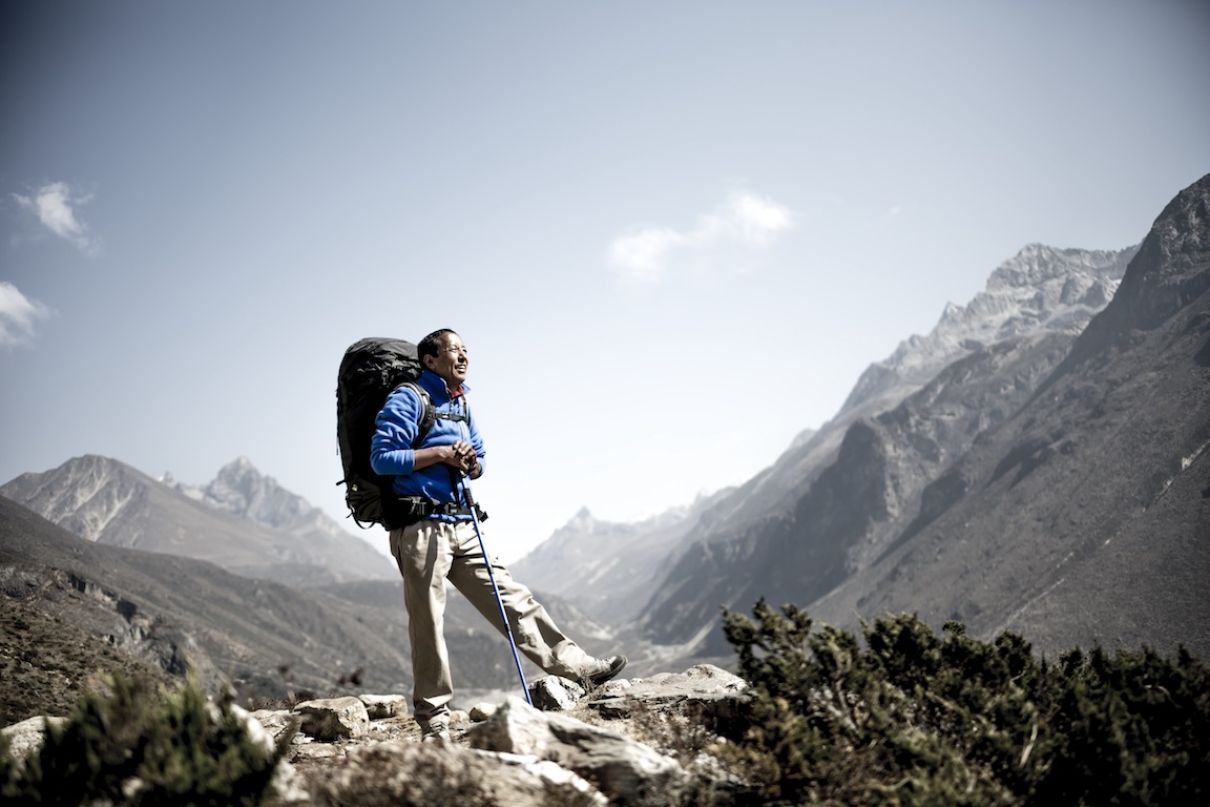
Apa Sherpa is bringing attention to climate change on the world’s highest peak.
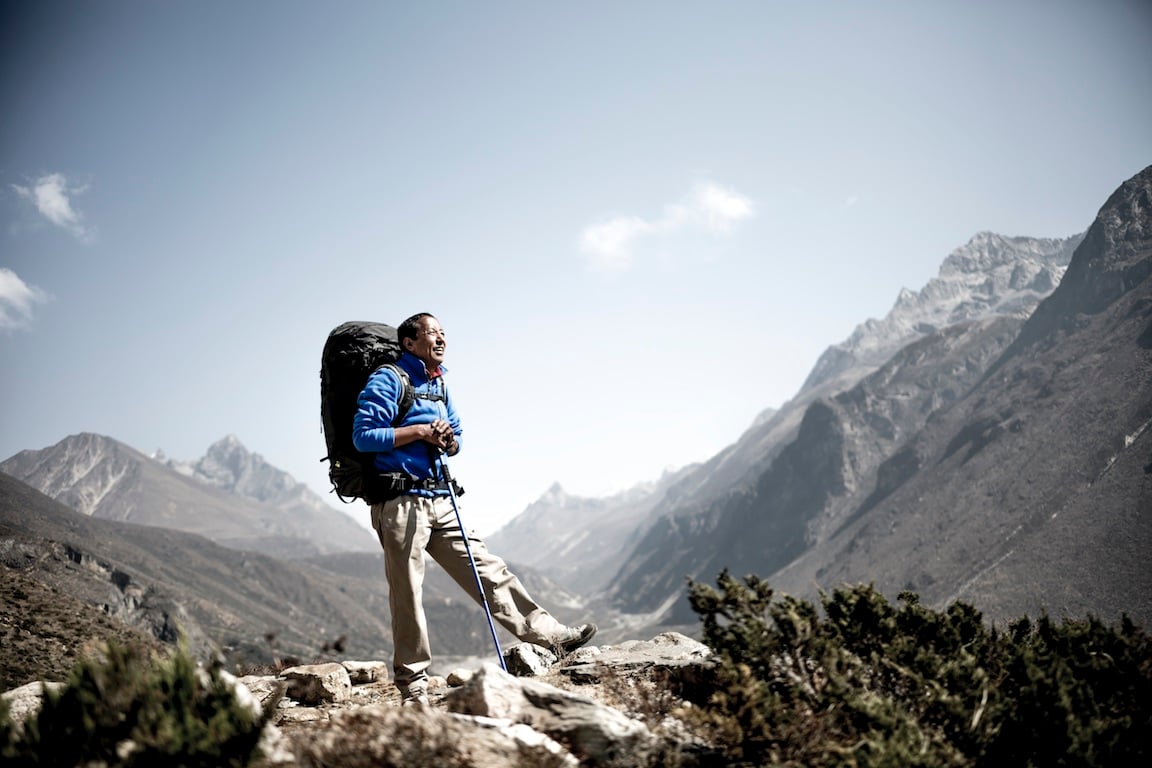
Apa Sherpa has no wish to climb Mount Everest again. “It’s a big decision to go when your family doesn’t know if you’ll make it back,” he says. “These days, I think more about my children and what’s important for them. My family certainly doesn’t want me to climb anymore. Going up one or two times is a great adventure, but beyond that, well, it’s risky.”
Apa (his name, meaning ‘loved by all’, was given to him by a Nepalese lama after he survived an avalanche aged just three months) might well know the risks too. He’s climbed Everest 21 times, more than anyone in history; at least, until last year, when a younger man, also a Sherpa, finally topped that vertiginous number. When Westerners climb the world’s highest mountain just once, they turn that into a lifetime of lecturing about self-realisation and overcoming the odds. None of them, Apa says, would have made it anywhere near the summit without Sherpas: the people of the region around Everest who, typically for want of other employment, end up portering or guiding climbers to the top.
“It’s not typically an adventure for Sherpas, it’s work,” stresses Apa, whose first summit was with mountaineer Rob Hall and Peter Hillary, the son of Edmund Hillary. He was the first man to climb Everest (with Sherpa Tenzing Norgay, of course) in 1953. “Sherpas get taken for granted. People have tried getting to the top and died without the Sherpas’ experience leading them. But most Sherpas would rather not go at all.”
Indeed, with each paid perhaps US$5,000 per successful summit (temptingly worth 10 times that locally) and with the only alternative work being challenging agriculture, many Sherpas still make the ascent annually. Apa himself went up almost every year from 1990 until his ‘retirement’ eight years ago; one year he went up twice. He declined the opportunity to climb in 1996 only because he was building the family home. It was a lucky decision. An ice fall during that expedition killed Hall and seven Sherpas, many of them friends. In 2014, 16 Sherpas died in an avalanche. “Yet Sherpas really have no choice but to go when asked,” says Apa.
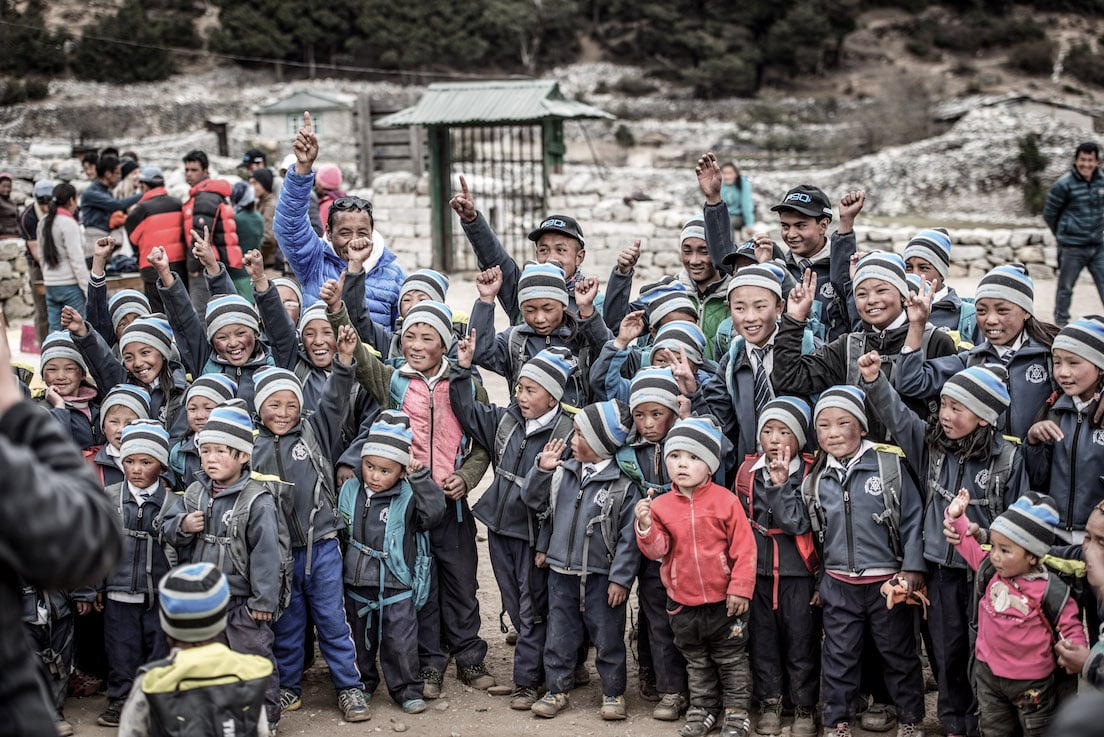
It’s a situation he’s trying to change. His Apa Sherpa Foundation (based out of Utah, the US climbing epicentre, where Apa also works as an ambassador for Thule, the Swedish outdoorsy backpack and bike-rack brand, and for the World Wildlife Fund) raises money to pay for essential teacher salaries, school meals and equipment in the region around Everest, so that, with an education, Sherpas are given some options.
“Things are improving slowly. [With each generation] parents are more understanding of the need to push their children to go to school, but even if they get them there it’s not easy,” says Apa. “Sherpas will always be mountain guides, but we must get to the point where it’s a choice, not a necessity. Sherpa really have no choice, which, of course, means they gamble with leaving their family with no breadwinner at all.”
He speaks from experience. He made the six-hour round trip by foot every day to attend school until, when he was around 12, his father died. This forced Apa to take up work as a kitchen boy, then porter, then guide, in order to financially support his mother and siblings. Saying goodbye to his schooling also meant giving up his dream of becoming a doctor. “I still wish I’d become a doctor,” he says. “My goal certainly wasn’t to become a climber. But I have been awarded an honorary doctorate now, so that’s close enough.”
Education is just one aspect of Apa’s campaigning. He wants to see Sherpas better paid: many companies that organise ascents drive down prices, Apa argues, leading to climbers working with less-experienced Sherpas. He also wants the Nepalese government to limit the number of lucrative permits it issues annually for Everest climbs, to around 300. Currently, some 1,000 try every year. With a safer climb only possible in spring each year, and with demand rising, Everest is getting crowded.
“Now it seems everyone is going up,” says Apa, “and that’s dangerous. Even with all the satellite link meteorology tech now used, which is very different from when I started climbing, we’d just look at the sky and decide whether to go ahead or not. You can still get frostbite or run out of oxygen just waiting.”
The number of climbers is not just dangerous. It’s polluting. Although the Nepalese government imposes a US$4,000 deposit on each climber, forfeited if they don’t return with a certain weight of climbing equipment with them, Apa says it’s not enough to stop profligate littering. He has led eco-Everest expeditions to do some cleaning: the last one recovered 600-plus oxygen canisters from the mountainside and, less appealingly, over 500kg of human waste. “Higher up on the mountain there’s human waste everywhere now, which doesn’t decompose because of the temperatures,” he explains. But he is pushing for regular, government-sponsored clean-ups, and a more punitive system to encourage climbers to bring back whatever they take up.
Indeed, what profile he has —within the climbing world he’s been dubbed ‘Super Sherpa’ and ‘the Michael Jordan of Sherpas’ —Apa is now also bringing attention to climate change. He was first to unfurl a ‘stop climate change’ banner on the summit but, more recently, has entered the record books again by walking the 1,000-mile Great Himalayan Trail to raise both money and awareness.
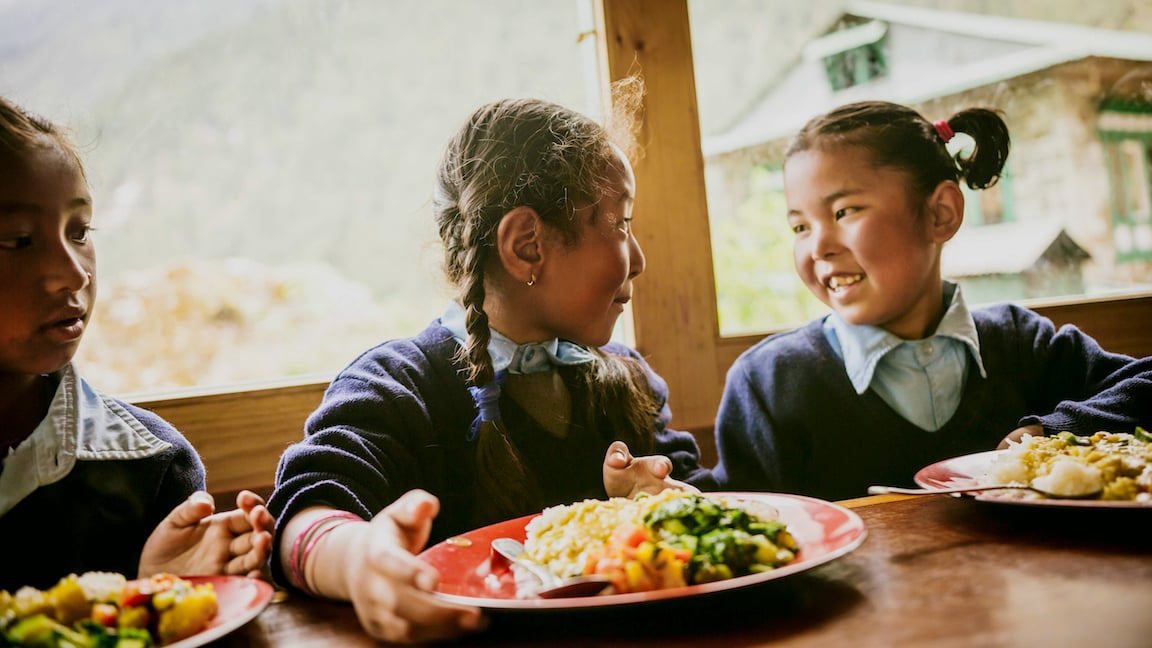
Obviously, climate change is not a local event, says Apa, “but the problem of climate change is made very clear if you know Everest well,” he argues. “I remember when I started climbing there were huge blocks of ice at base camp. Now there’s running water. Now glacial dams break and flood villages. And because ice has melted, the mountain is rockier, less stable, so people fall. Quite aside from the global impact of a changing climate, in those conditions it’s inevitable that more people will die climbing Everest.”
Sadly, he says, being on familiar terms with death is part and parcel of a lifetime of leading ‘adventurers’ to its summit. In 2006, two Sherpas he was with died on a climb, one of them his niece’s husband. Their bodies were never recovered. According to one estimate, some 118 Sherpas have died on Everest since 1921. It’s a situation compounded, he suggests, by more gung-ho clients, obsessed with planting their own psychological flag on the roof of the world, pushing Sherpas to take it faster. They don’t listen.
“But climbers should always listen to their Sherpas,” Apa stresses. “They know what they’re doing. They have lived their entire lives on this mountain. And if something is wrong with it, take the Sherpa’s word for it and go back down. Stay alive, for yourself, for the people you’re climbing with, for people back home. Try again another year. Everest isn’t going anywhere.”
This article originally appeared in Billionaire`s Earth Issue, September 2019. To subscribe contact

